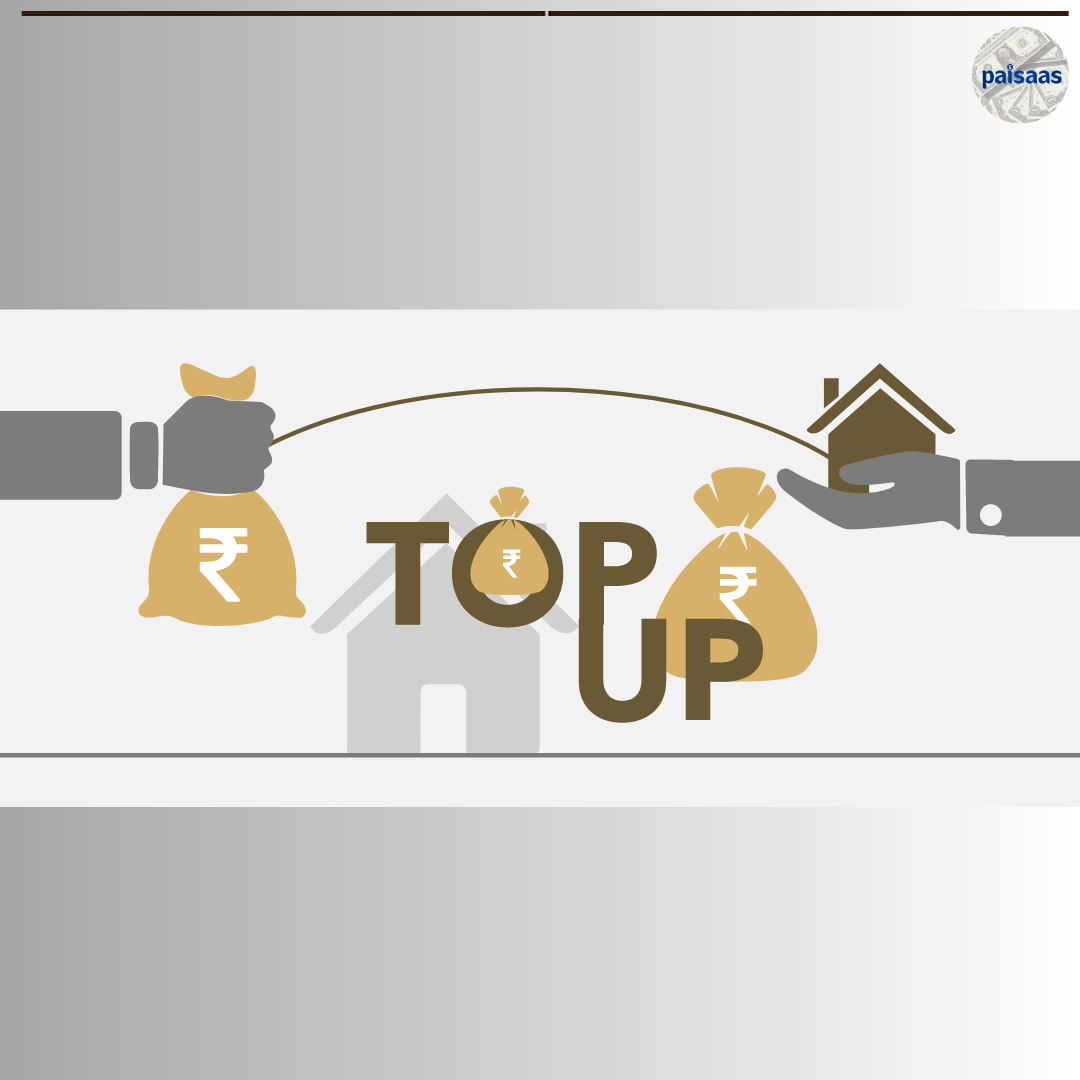

Take out top-up loans to meet your funding needs.
Take out top-up loans to meet your funding needs.
Getting a top-up loan might be very advantageous. Is it appropriate to take for a home loan top-up loan? What is a top-up loan and who qualifies to receive one? Let’s learn more information.
The majority of individuals take out a home loan to buy a house, but there are other charges involved as well, like interior design and other ancillary expenses. You might choose a top-up loan to pay for these costs. Even if a personal loan is frequently chosen instead, because they are unsecured, personal loans typically have higher interest rates. A top-up loan on a house loan is simpler and more inexpensive than a personal loan.
How do top-up loans operate?
Let’s use an example to better comprehend it. Let’s say you have a home loan of Rs. 50 lakh with a 10-year term. When you need additional money for home improvement, you have been making your EMI payments on time for the past two years. You can choose a top-up loan to meet this additional cash demand. This loan is the amount borrowed in addition to the previous loan.
How can I apply?
You can apply for a top-up loan at your current bank, which is the bank from which you obtained your home loan. Customers who already have a house loan are the only ones who can use this programme. The top-up loan is made available based on elements like the market worth of the borrower’s home, a history of on-time payments, and a high credit score. Additionally, the borrower’s credit history and background will affect the interest rate that would apply to the top-up house loan. For top-up loans, different banks may charge various interest rates. The extra money is deposited into your account once the bank has approved your application.
The advantages of a top-up loan
A top-up loan application and approval process is quick and simple because you already have a relationship with the lender, which reduces the amount of paperwork needed.
less expensive than a personal loan
Top-up loans are typically offered at a slightly higher interest rate than personal loans or at a slightly lower rate. However, if you’ve been repaying the first loan on time and have a strong relationship with your bank, you might be qualified for a top-up loan at a lower interest rate. As a result, a top-up loan is preferable than a personal loan for meeting financial needs.
the choice to pay EMIs jointly
You have the convenience of paying the EMIs for both loans simultaneously when you take out a top-up loan on your current loan, making it simple for you to handle the installment payments on time.
A top-up loan is an additional loan that can be taken by homeowners who already have an existing home loan. It allows borrowers to access additional funds for various purposes such as home improvements, interior design, or other ancillary expenses related to the property. Compared to personal loans, top-up loans are generally more advantageous due to their lower interest rates and simpler application process.
To qualify for a top-up loan, individuals must meet certain criteria set by their lender. These criteria typically include factors such as timely repayment history, a high credit score, and the market value of the property. The application process is usually streamlined and requires less paperwork since the borrower already has an established relationship with the lender.
One of the main advantages of a top-up loan is its affordability. While the interest rates may be slightly higher than the original home loan, they are usually lower than those of personal loans. Additionally, borrowers have the option to pay the equated monthly installments (EMIs) jointly for both loans, simplifying the repayment process.
Overall, a top-up loan offers homeowners a convenient and cost-effective way to access additional funds for various purposes while leveraging their existing home loan. However, it is important to compare interest rates and terms offered by different banks before finalizing a top-up loan to ensure the best possible deal.




